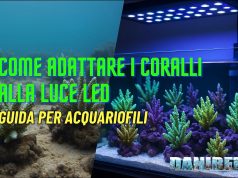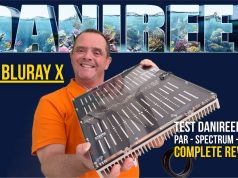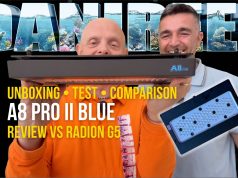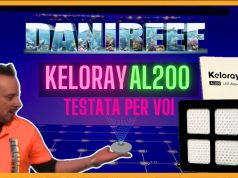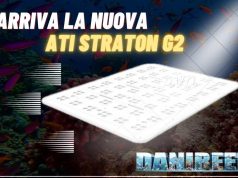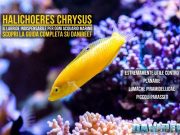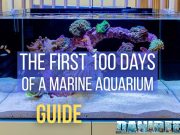Our DaniReef LAB Methodology for Measuring PAR of the Keloray AL200
Background: (This paragraph is the same for all lighting fixture reviews in the DaniReef LAB and explains our working methodology.) In our forum discussions, we’ve always wondered how best to compare the PAR values of different fixtures. Until now, despite having the right tools—like the Apogee MQ-510 Quantum Meter—we only referenced the central measurement at about 20 cm from the fixture. Today, we also use other instruments, namely the ITC Parwise and ITC Parwise PRO.
In this review, we use only the ITC Parwise, so the results may not be directly comparable to those measured with the Apogee MQ-510.
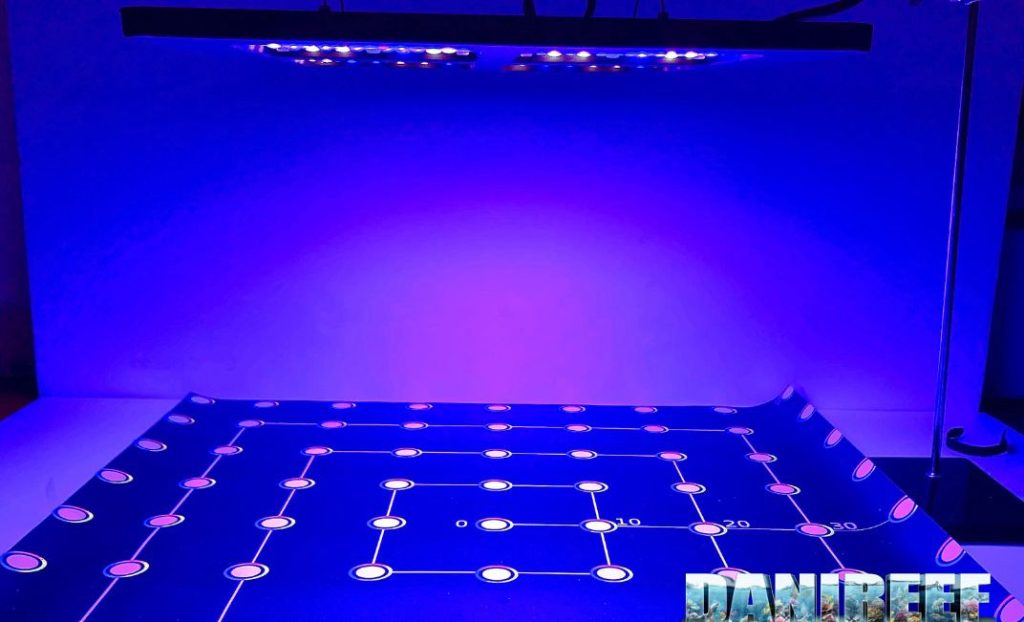
We performed measurements at 17 cm, 37 cm, and 57 cm distances.
PAR Measurement at 17 cm Distance
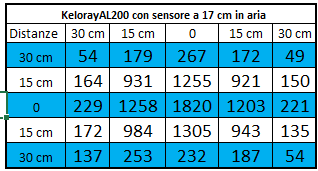
And here is the corresponding graph. The scale of the graph is identical to that used for all other lighting fixtures whose PAR we measured in the DaniReef LAB, allowing a direct comparison between similar lamps.
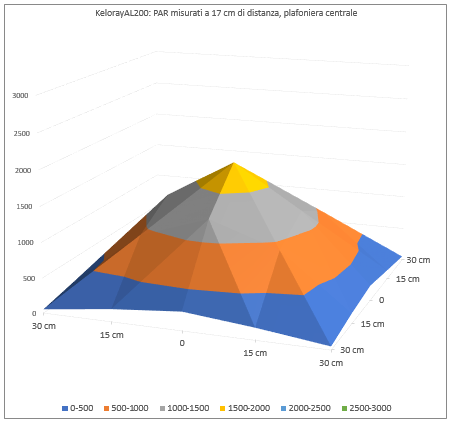
We took the first measurement at a short distance between the fixture and the sensor. The recorded PAR values are therefore higher in the center and, most notably, very consistent across the edges. This is typical for a lighting fixture with such a wide coverage.
PAR Measurement at 37 cm Distance
We then measured at a distance of 37 cm. These are the recorded values:
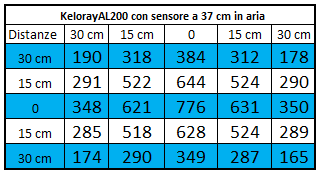
And here is the corresponding graph.
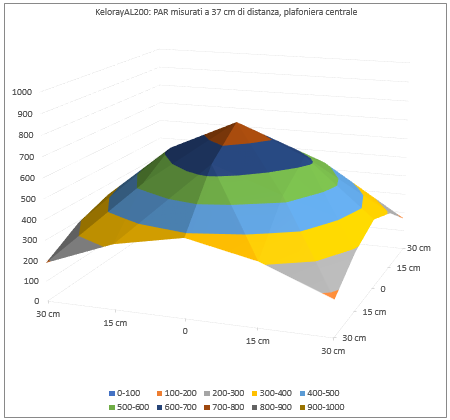
By increasing the distance between the fixture and the sensor, the curve becomes broader and more characteristic. The peak and side values become very close to each other, indicating perfect coverage. The central PAR value drops from 1820 to 776 μmol m⁻² s⁻¹.
PAR Measurement at 57 cm Distance
Finally, we moved as far as possible—57 cm. These are the recorded values:
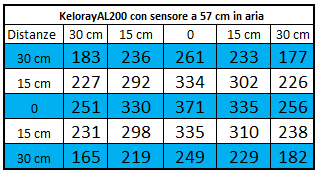
And here is the corresponding graph.
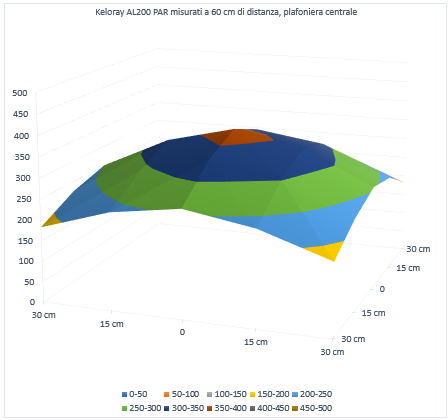
Just looking at the graph, you can once again see how minimal the difference is between center and edge. This indicates excellent coverage. The central value further drops from 1820 to 776 to 371 μmol m⁻² s⁻¹.
Central PAR Values at Different Distances
Let’s continue with our technical analysis. Below is a graph showing the decrease in central PAR values at the three tested distances.
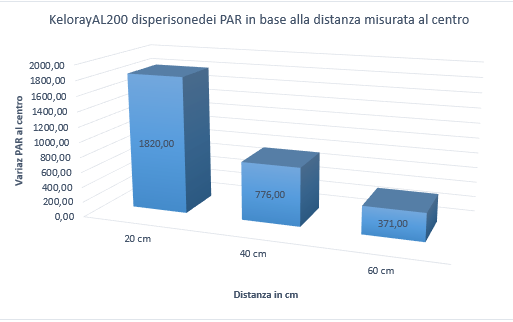
Energy Variation of the Keloray AL200 Based on Distance
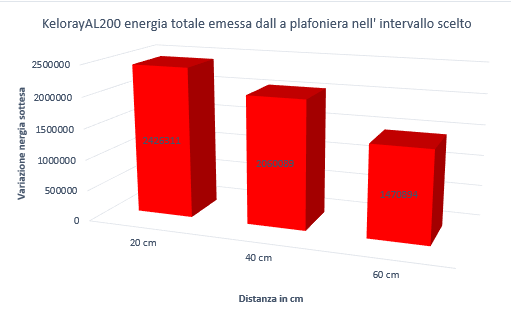
According to us at DaniReef LAB, this is the most meaningful and comparable value: energy variation. We calculated the volumes covered by the three surfaces shown earlier. It’s clear that moving the fixture farther decreases PAR values, but it also increases the illuminated area. This method attempts to consider the total light energy contained in the hypothetical 60 cm square beneath the fixture.
You can see that the three energy totals—2,426,311, 2,060,089, and 1,470,894—offer a new perspective compared to central PAR values. While those values drop more steeply due to distance, the energy decreases less dramatically since most of the concentrated light remains in the central area.
In the case of the Keloray AL200, total energy also decreases, a sign that a significant portion of the light is spread sideways to enhance coverage. Excellent for tanks up to 70 cm wide or more with full coverage. It slightly pays the price of having lower peak power compared to other models, but the wide spread enhances light reflection from the glass, significantly increasing real PAR values in the tank.
Power Consumption
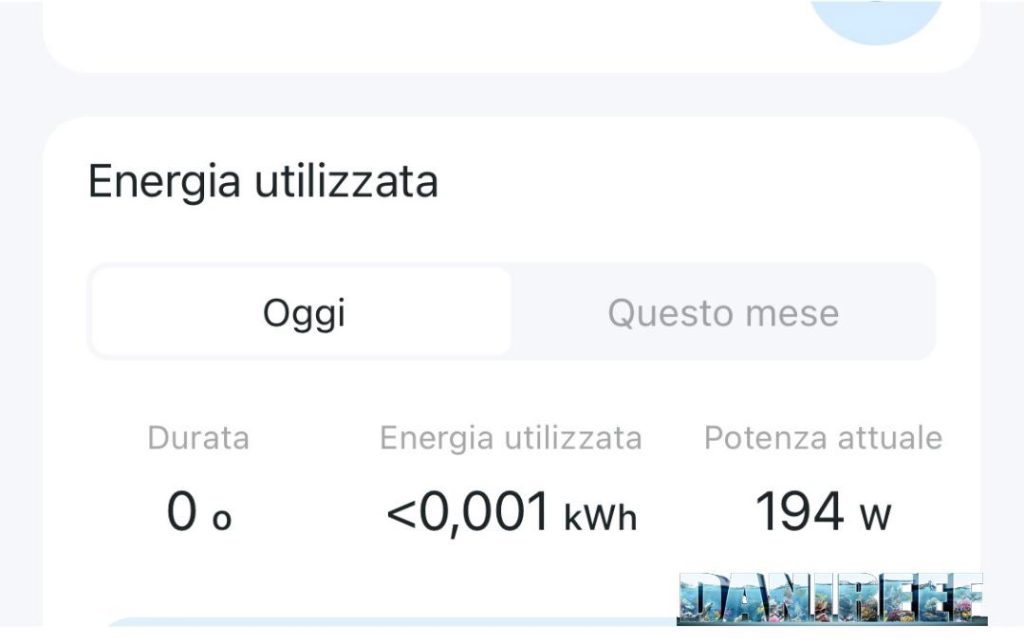
Here above, we see the maximum power draw of 194 +/- 1 watts, measured with a smart socket that tracks consumption.
The Keloray AL200 therefore consumes 194 watts compared to the declared 200 watts. Slightly below spec, but 194 watts is still a significant amount. Given that it produces 1820 μmol m⁻² s⁻¹ at 17 cm, we can derive a peak efficiency of 9.38 μmol m⁻² s⁻¹ per watt (PAR/watt).
Keloray AL200 and Heat
The Keloray AL200 lighting system uses entirely passive cooling. Given its reasonably compact dimensions, we believe it’s safe to say there’s no overheating issue for the LEDs, even with only a 16 mm heat sink. We’ll confirm this in future tests on my own aquarium.
Maintenance Costs
The Keloray AL200, imported to Italy by Yorah and our friend Leo Carcione, is priced at €860 but currently on launch offer in Italy for €800. You can purchase it [Yorah].
With a power consumption of 195 watts, this results in a cost/watt ratio of approximately €5.93 per watt.
Below you will find the three coverage maps at 17, 37, and 57 cm so you can visualize the spread provided by this fixture.



What Can We Keep Under It?
Below is the spectral distribution (PFFD)—the PAR value at various depths in clear oceanic water:
| 1 m | 5 m | 10 m | 15 m | 20 m | |
| PFFD (µmoli/M2/s) | 1640 | 958 | 618 | 436 | 316 |

Thus, at a distance of 37 cm with the Keloray AL200, we measure 776 μmol/m²/s—approximately the same as 8 meters underwater in the open ocean.
These values are excellent for aquariums with sides up to 60–65 cm, ideal not only for SPS but for any coral. Demanding SPS corals won’t have any trouble. Always remember: with this fixture, you can achieve PAR values similar to those at a depth of 1 meter underwater. As you increase distance, intensity drops, but not dramatically, while coverage increases.
The fixture is 45 cm long, making it perfect for 60–70 cm aquariums and multiples of that size. Two units are ideal for 120 cm tanks, and also work great for 140 cm tanks.
If you have any questions, doubts, or curiosities, feel free to leave a comment below the article, or join us on Telegram, Instagram, Facebook, X e YouTube, whichever social media you prefer—to stay updated with all our news, articles, reviews, and event coverage. If you need help, we’re also waiting for you on our forum.








